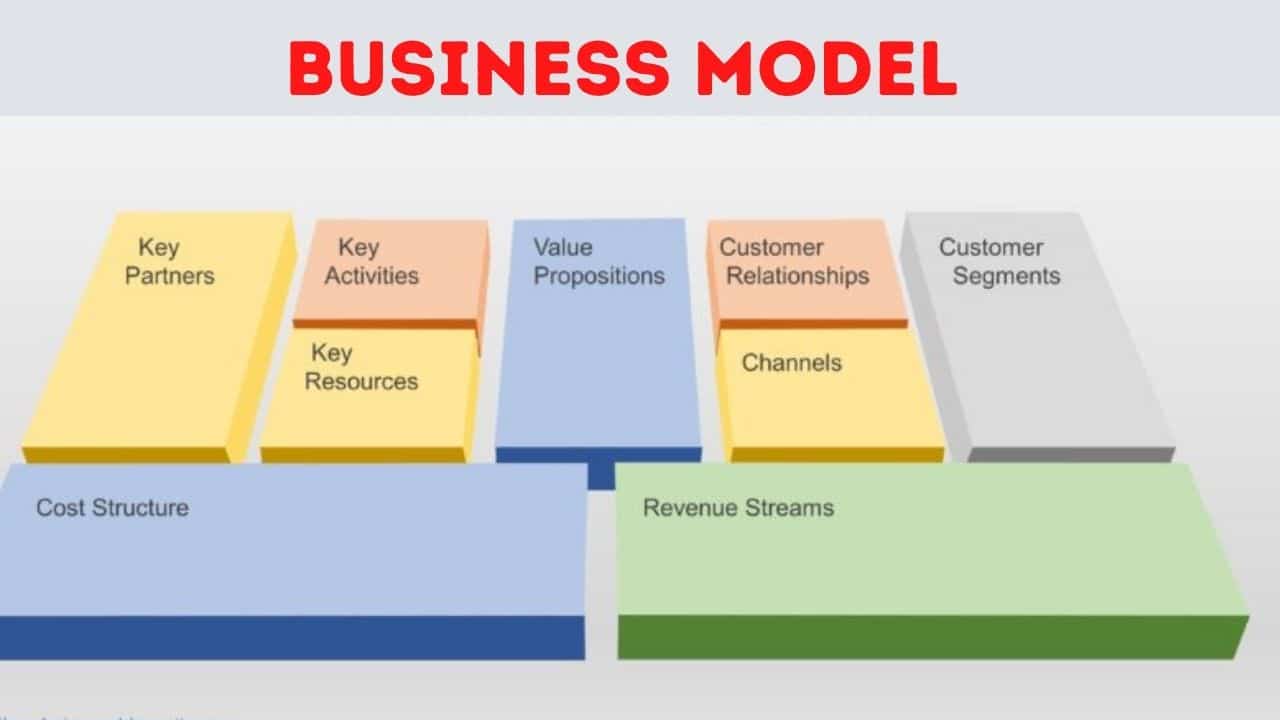Business Model Definition?
Business model refers to the profit plan of a company; the products or services that the company wants to sell, the target market, and the expected costs.
Business models are important to both new and established companies. They help new and developing companies attract investment, recruit talent, and motivate management and employees. Established companies must update their business plans regularly, otherwise, they cannot foresee trends and challenges. Business plans help investors evaluate companies that interest them.
Types of Business Models for Startups
You don’t have to invent a completely new business model to start a business. In fact, the vast majority of companies are leveraging existing business models and refining them to gain a competitive advantage. Below is a list of business models that you can use to start your own business.
Advertising
The advertising business model has been around for a long time and became more complex as the world moved from print to online. The basics of the model are creating content to be read or viewed and then showing ads to your readers or viewers.
In an advertising business model, you need to satisfy two groups of customers: your readers or viewers and your advertisers. Your readers may or may not pay you, but your advertisers certainly are.
An advertising business model is sometimes combined with a crowdsourcing model where you get your content for free from users rather than paying content creators to develop it.
The affiliate business model is related to the advertising business model, but it has some specific differences. The affiliate model most commonly found online uses links embedded in the content rather than visual ads that are easy to identify.
For example, if you have a book review website, you can insert Amazon affiliate links in your reviews so that users can purchase the book you reviewed. Amazon pays you a small commission for every sale that you engage with.
Fractionation
Instead of selling a complete product, you can only sell a portion of that product using a fractional business model.
One of the best examples of this business model is a timeshare, where a group of people only own part of a vacation home so they can use it for a certain number of weeks a year.
Franchise
Franchising is widespread in the restaurant industry, but you can also find it in all kinds of service industries, from cleaning companies to recruitment agencies.
In a franchise business model, you sell the recipe for starting and running a successful business to someone else. They also often sell access to a national brand and support services to help the new franchisee get up and running. In fact, you are selling access to a successful business model that you have developed.
Examples: Ace Hardware, McDonald’s, Allstate
Freemium
With a freemium business model, you give away part of your product or service for free and charge for premium features or services.
Freemium is not the same as a free trial, which gives customers access to a product or service for a limited time only. In contrast, freemium models allow for free, unrestricted use of basic features and only charge customers who want to access advanced features. For more information on the Freemium model (and other pricing plans popular with SaaS companies), check out this article.
Leasing
Leasing may seem like a subdivision, but it is actually very different. In subdivision, you are selling constant access to part of something. Leasing, on the other hand, is like renting. At the end of a rental agreement, the client must return the product that he has rented.
Leasing is most commonly used for high-priced products that customers cannot afford to buy in full, but can instead afford to rent the product for a time.
Low contact
With a low-touch business model, companies lower their prices by offering fewer services. Some of the best examples of this type of business model are budget airlines and furniture retailers like IKEA. In both cases, the low-touch business model means that customers have to buy additional services or do some things themselves to keep costs down.
Marketplaces
The marketplace business model can generate income from a variety of sources, including fees for a successful transaction for the buyer or seller, additional services to promote the seller’s products, and insurance to provide buyers with peace of mind. The market model was used for both products and services.
Pay what you consume
Instead of pre-purchasing a certain amount of something like electricity or cell phone minutes, customers are billed for actual use at the end of a billing cycle. The pay-as-you-go model is more common in home supply companies, but it has been applied to things like printer ink.
Razor blade
The razor blade business model is named after the product that essentially invented the model: selling a durable product below cost to increase sales of a high-margin single-use component of that product
Because of this, razor blade manufacturers are practically giving away the razor handle, as long as you continue to buy a large volume of blades long-term. The goal is to link the customer to a system and ensure that many additional and continuous purchases are made over time.
Examples: Gillette, inkjet printer, Xbox, Amazon Kindle
Invert the razor blade
By changing your razor blade model, you can offer a high margin product and encourage sales of a complementary product with low margins.
Similar to the razor blade model, customers often choose to join an ecosystem of products. However, unlike the razor blade model, the first purchase is the big sale which is where a business makes the most money. The plugins are only there to prevent customers from using the originally expensive product.
Mediation
Brokerage connects buyers and sellers and facilitates the process of a transaction. They charge a fee for each transaction to either the buyer or the seller, and sometimes both.
One of the most common brokerage firms is a real estate agency, but there are many other types of brokers such as: B. Freight brokers and agents who help construction companies find buyers for the land they are digging in the new foundations.
Personalization
Some companies purchase existing products or services and add a custom element to the transaction that makes each sale unique to that particular customer.
For example, think of custom travel agencies that book trips and experiences for wealthy clients. You can also find larger-scale customizations on products like custom Nike shoes.
Crowdsourcing
When you can gather large numbers of people to contribute content to your website, you are crowdsourcing. Crowdsourcing business models are most often combined with advertising models to generate revenue. However, there are many other iterations of the model. For example, Threadless allows designers to submit t-shirt designs and give them a percentage of sales.
Businesses trying to solve tough problems often post their problems so that anyone can try to solve them. Successful solutions are rewarded, and the company can grow its business. The key to a successful crowdsourcing business is providing the right rewards to attract the “crowd” and allow you to build a viable business.
Disintermediation
When you want to make and sell something in stores, you usually work with multiple intermediaries to get your product out of the factory and onto the store shelf.
Disintermediation is when you bypass everyone in the supply chain and sell directly to consumers, potentially reducing costs for your customers and allowing you to have a direct relationship with them as well.
How to Make a Business Model For a Startup
Choosing the path of entrepreneurship can be very challenging. It requires building a business from the ground and getting it up and running is serious work, however, there are ways to ease the stress. First is getting a business mentorship; every successful entrepreneur you see today has who they look up to.
Before you can run any business successfully, you must get a business plan; this will help you discover any weaknesses in your business idea so you can address them before you open up a business.
You don’t have to get overwhelmed trying to draft a business plan for your business, with the business yield generator, you can get the best business structure that suits any business type.
Business Yield Idea generator
What makes this the best anyone can find online is that this generator is purely done by humans not a set of algorithms or Artificial intelligence.
Humans gather data and do quick but detailed research
based on the information you provide. It’s simple, answer a set of quick and easy questions and your business ideas will be on your email in less than 24hrs.
24hrs because this is the most feasible idea generator as it takes into consideration, your budget, intended startup locations, talents and skills, the available time you can give the business, etc.
Based on these data with an extensive feasibility study and just a little token, you would have a list of ideas sent to your email with links to give you access to instant business plans, Business model canvas, and up to 3 years of financial analysis to help you get started for the business.
You can access a wide range of business plans that will benefit you through the Business yield idea generator.






